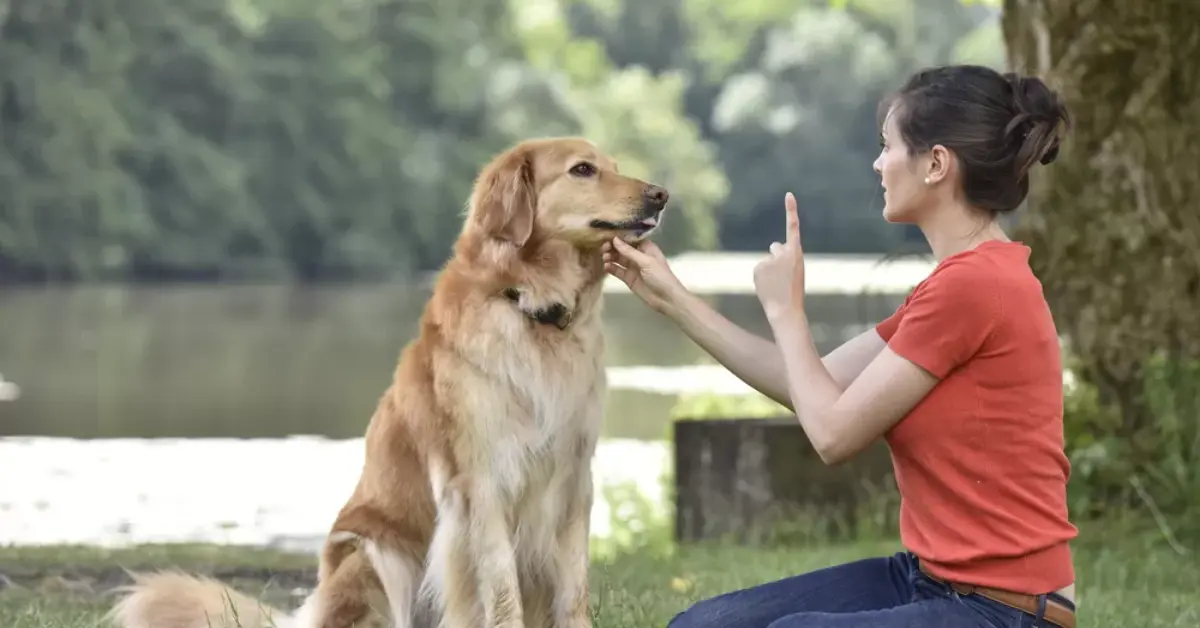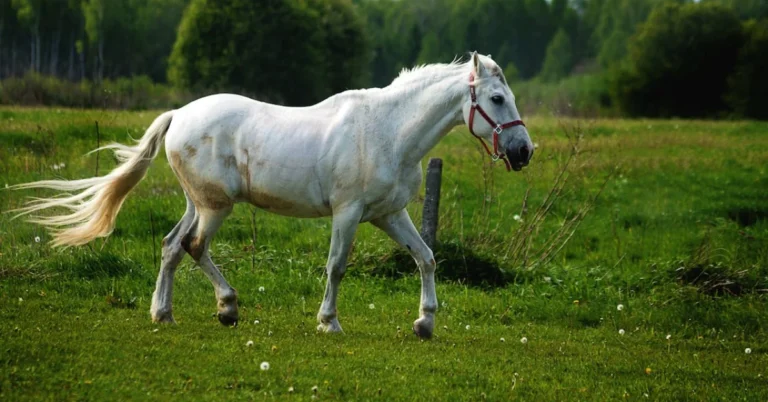How to Train a Dog to Sit? The simple yet highly important “dog to sit” command serves as the cornerstone of effective dog training. Building a responsive, polite, and well-controlled canine companion begins with mastering this essential building block. While it may seem basic on the surface, the “dog to sit” opens the door to clearer communication, better behavior, and deeper bonding between pet parents and their furry family members.
So where do you start in teaching your dog this valuable skill? Understanding canine psychology, employing positive training methods, utilizing the proper tools, and committing to persistence above all else ultimately transforms a distracted puppy into a focused, faithful companion who defaults to a prompt sit beside you in any situation. Let’s explore the when, why and how behind mastering this beginner behavior with your beloved dog, unraveling the secrets of “How to Train a Dog.”
The Far-Reaching Benefits of “Dog to Sit”
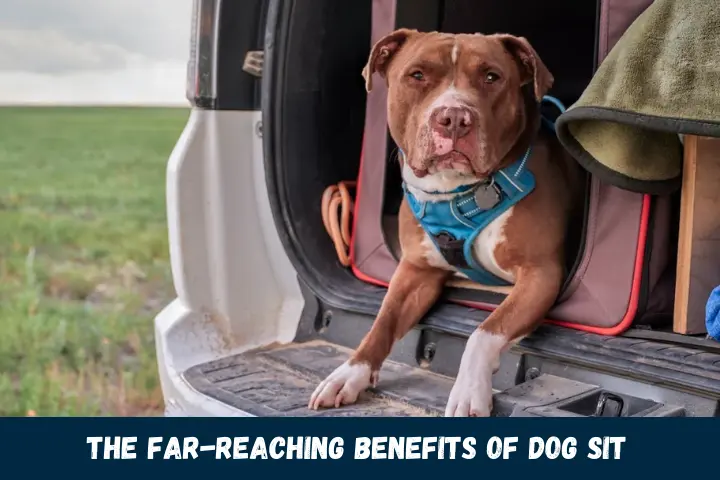
The “dog to sit” serves purposes far beyond basic obedience. This seemingly simple command:
- Creates an essential communication bridge and vocabulary. Dogs don’t speak English; you must establish signals they comprehend. “dog to sit” becomes your first shared word.
- Lays groundwork for progressing to more complex skills. Future public access tasks and tricks build upon basic obedience like “dog to sit”. Teaching it first paves an achievable path towards more advanced goals.
- Enables impulse control. Asking your dog to halt activity and assume a stationary position promotes self-discipline and patience. These translate into better real-world behavior.
- Means better manners. Dogs who reliably “dog to sit” don’t jump on visitors, race through doorways, pull on leash, or steal food from counters quite as easily thanks to enhanced self-control.
- Builds a bond through positive experiences. Using treats, toys, praise and play to reward your dog for complying with your guidance creates enjoyment and strengthens your relationship.
In short, this simple command delivers immense dividends across years of cohabitation with your furry best friend. Let’s discover how to achieve sit success using positive reinforcement training techniques.
Harnessing the Power of Positivity
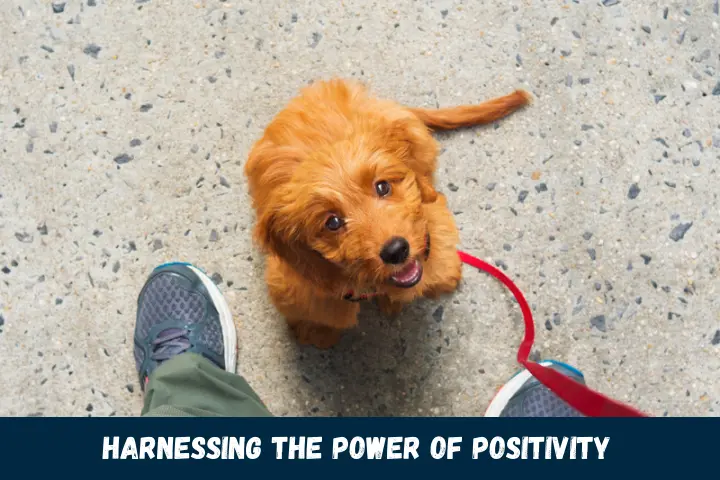
Outdated methods relying on physical corrections, punishment or force have rightly fallen out of favor for dog training in recent decades. Research reveals that dogs learn fastest and retain behaviors better through motivation-based teaching grounded in compassionate modern behavioral science practices.
This means utilizing positive reinforcement training, rewarding desired actions with things your dog loves rather than scolding mistakes. You’ll need tasty treats easy to rapidly deliver, cheerful verbal praise, and perhaps fun play with a squeaky toy or brief belly rub. Choose highly valued, fast to consume treats your pup adores. Tiny pieces of chicken, beef, cheese, commercial treats, or stinky freeze-dried options work wonderfully to ignite eager participation.
Proper posture and calm assertive energy on your part also helps. Stand tall, relax your body and keep movements fluid yet purposeful. Speak in an upbeat tone but avoid excessive excitement. Leadership, not anger or nervousness, should define your energy. This stable presence coupled with positive incentives accelerates your dog’s comprehension. They learn that complying with your guidance predictably results in good things rather than fear of punishment. Now, let’s get teaching the art of how to calm a dog down!
Luring Your Dog into a Sit
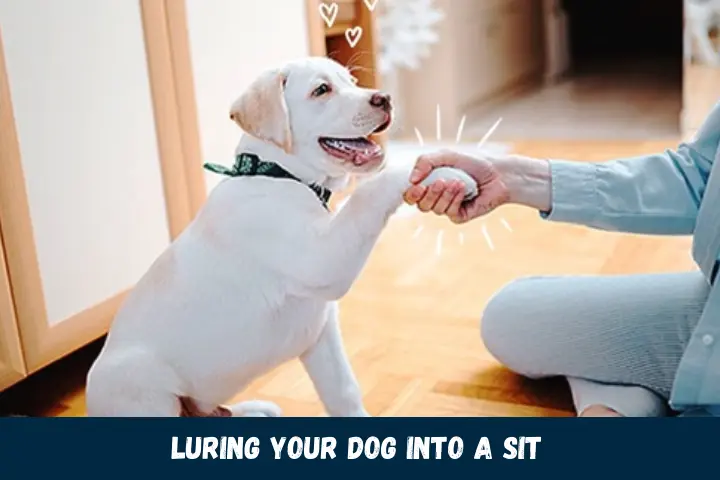
When first teaching the “sit”, most trainers use a technique called luring, which entices your dog to follow a coveted treat with their nose until their hindquarters plop down into a seated position due to gravity.
Stand with your pup before you, treats visible in one hand. Keep your dog on a loose leash if needed so they don’t jump up. Raise the treat slightly above your dog’s nose height, say “sit” then slowly move your hand in an arc up and backwards just over your dog’s head. Their instincts tell them to follow with their nose tilted up. This forces their back legs to fold under into a sit naturally after a few steps.
The instant their bum hits the ground, offer excited praise like “Good sit!” coupled with either a click from the marker training tool or another verbal marker like “Yes!” to highlight the precise moment they earned the reward. Then immediately give your dog the treat along with affectionate petting.
Rinse and repeat this luring process until your dog reliably follows the treat cue to a seated position. Then you can start reducing the food lure until they respond to just your hand signal and voice cue by habit.
Achieving a Speedy Response
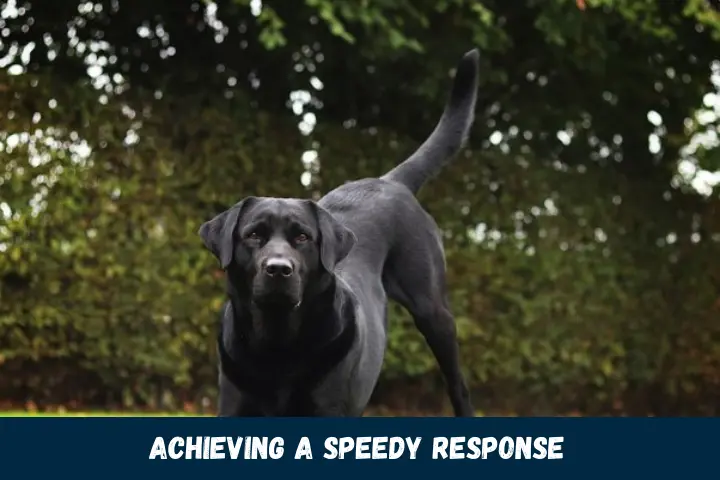
You want your dog to promptly plant themselves in a sit every time you give the voice and/or visual hand signal, regardless of whatever fun thing catches their attention. Achieving this level of responsiveness and self-discipline takes considerable repetition. But investing diligent effort into perfecting the skill now pays off for years to come in better manners.
Train in short sessions of just 5-10 minutes multiple times daily to start. Seek opportunities to practice sits organically during day-to-day activities – before placing dinner bowls down, attaching leashes for walks, inviting your dog to play or giving them a stuffed Kong for alone time enrichment. Soon they connect sitting quickly with receiving inviting rewards. Learn more about leash training in How to Train a Dog to Walk on a Leash.
Up the ante by gradually increasing the speed of delivery expected after you cue the sit. Use your marker word the nanosecond their bum touches down, pairing this with an immediate treat and praise. You want to inspire urgency without sacrificing proper form.
Additionally, randomize intervals between rewards while maintaining the criteria of an immediate sit being the prerequisite to get paid. Reward several quick sits in a row, then pause during the next few, keeping your dog wondering when exactly treats will come. This avoids the common downfall of dogs offering conditioned responses based solely on predictable patterns rather than listening properly.
Well-timed rewards, unpredictability, and realsitic expectations calibrated to age best motivates prompt, snappy sits. Adolescent and senior dogs shouldn’t be held to the same speed standards as vibrant juveniles. Gauge responses individually.
Introducing Distractions Strategically
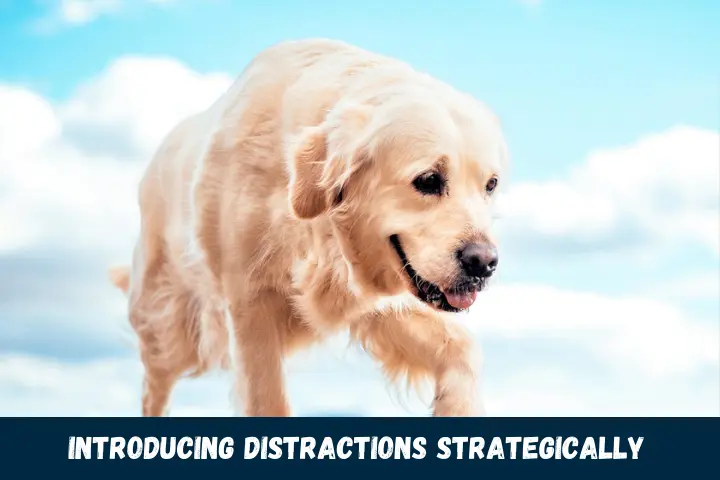
Once your dog reliably offers quick sits indoors upon your cues, it’s time to take training on the road. Outdoors they must contend with far more intriguing stimuli vying for attention – birds, smells, other dogs, kids playing, food littering the ground. Gradually introduce these distractions to strengthen your dog’s obedience.
Start by moving to your own backyard, an environment familiar yet filled with more sights and smells than your living room. Practice sits followed by enthusiastic rewards for success. Over multiple short sessions, tempt your dog with toys, rustle bushes while they attempt sits, or call their name to break focus. If they remain seated, celebrate! If not, revert back to lesser distractions first.
Next graduate to front yard sessions, then neighborhood walks. Initially avoid popular dog walking routes or playgrounds. Seek instead random Side streets with gradual exposure to traffic, other leashed dogs at a distance, and people. Reward even slightly crooked sits marked by distraction, but prevent rewarding completely failed attempts. Over weeks of exposure your dog learns to tune out surrounding influences when hearing your “sit” cue.
Troubleshooting Challenges
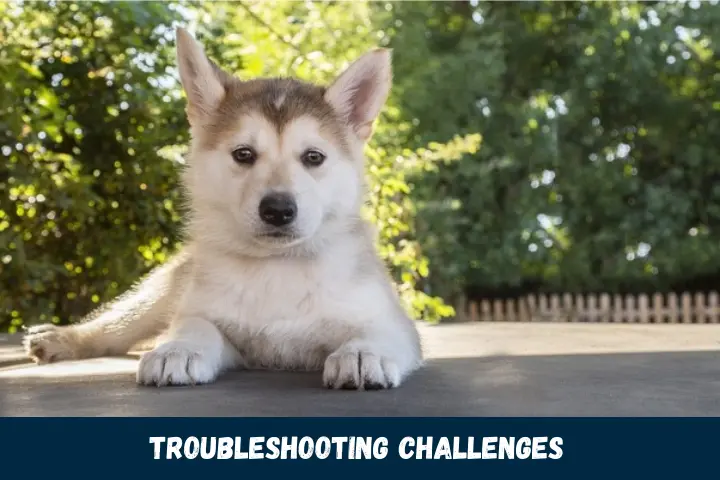
Despite your best efforts, your dog may struggle with this training at times due to limited understanding, environmental overwhelm, or innate temperament challenges. How you respond means everything in getting back on track. Stay positive and break skills down further.
If they don’t understand at all, revisit luring steps. If the cue registers but environment impedes compliance, reduce distractions substantially. If your dog rushes sloppily or tries anticipating, enforce stronger criteria for praise and rewards again. Seek additional guidance from professionals if you feel out of your depth. Modern tools like no-pull harnesses can assist leash control.
Above all, refrain from using corrections or punishment like leash pops, collar yanks, yelling or isolation. These tactics shut down a dog’s ability to learn and erode your bond. Patience and compassion win over frustration every time.
Generalizing to New Places
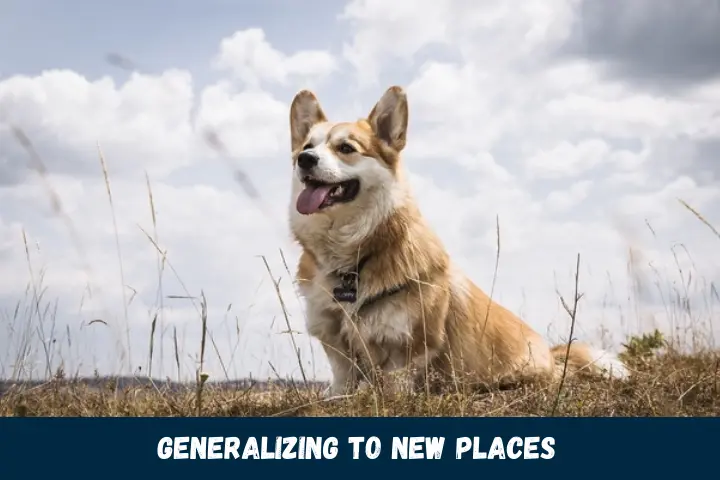
Once your dog regularly offers prompt sits during neighborhood walks despite sporadic distractions, generalizing this skill to novel locations and scenarios ensures its lifesaving reliability in the long run.
Test your training at friends’ homes, pet stores on casual shopping trips, parks and hiking trails. Move through these novel places at your dog’s pace, watching for overly distracted or stressed signals. Reinforce desired sits generously but lower criteria temporarily if needed (allowing crooked form, slower response times etc.) to keep sessions positive.
Over many short exposures confidence generalizes. Your dog comes to understand “sit” as a habitual expectation no matter their surroundings. Real world practice cements sits as default behavior when encountering new dogs, people, situations or locations.
Pairing Sit with Stay
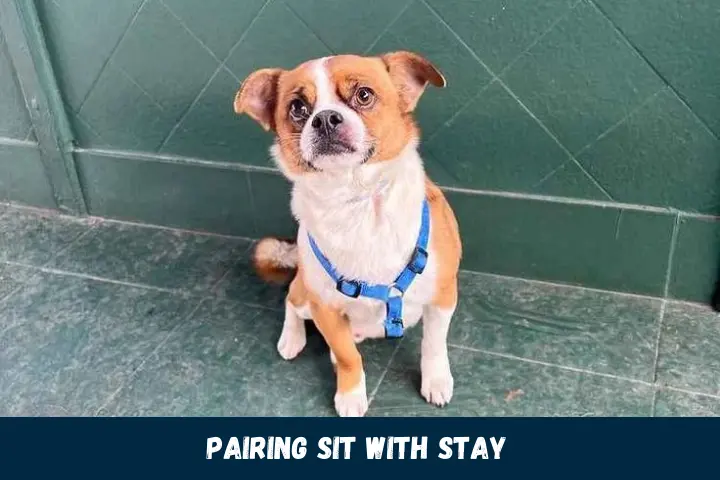
Now that your dog understands the significance of “sit” as a cue to halt activity and plant their rear end on terra firma wherever they may be, it’s time to add “stay” expectations. This powerful pairing promotes longer duration self-control and restraint.
With your dog reliably sitting immediately upon cue (ensuring a fluent understanding already exists), stand facing them and raise your open palm at their eye level once seated. Say “stay” in a calm yet authoritative tone, suitable for both training and interacting with calm dog breeds.
Gradually Build Duration
Start by asking your dog to stay for just 2-3 seconds before rewarding. Slowly increase the duration by a few extra seconds each successful time, working up to a solid 30 seconds over multiple training sessions spanning days and weeks. Great patience and realist expectations matched to your dog’s age best serve this process.
Increase Distance
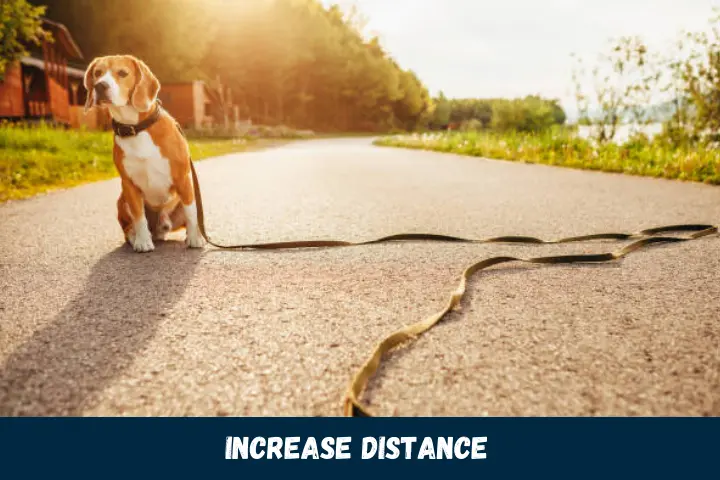
In addition to lengthening stay times, beginning adding gradual distance between you and your seated dog once a duration benchmark is reliable. After initially stepping just one foot away, take it up to several feet, then across the room, then around a corner in your home. Many small increments allow success rather than moving too far too fast.
Vary Training Locations
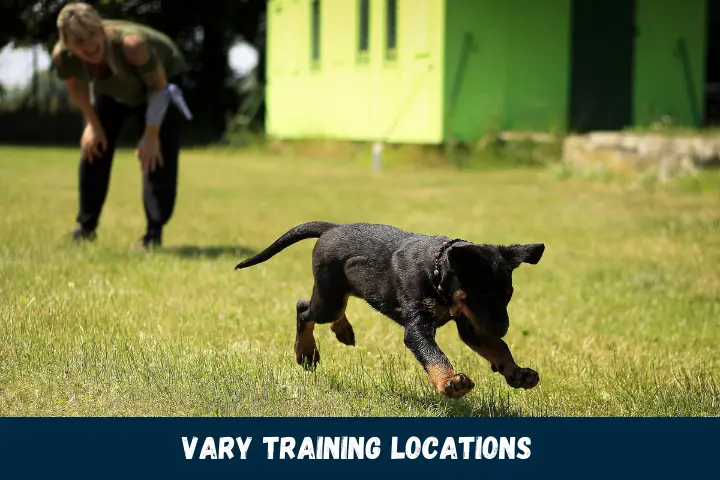
Be sure to practice “stay” in different rooms of your home, then migrate it outside to the backyard, then neighborhood for generalization. Dogs don’t intuitively understand that cues given in the living room still apply at the park until we teach them this through varied practice.
Use Real-Life Reinforcement
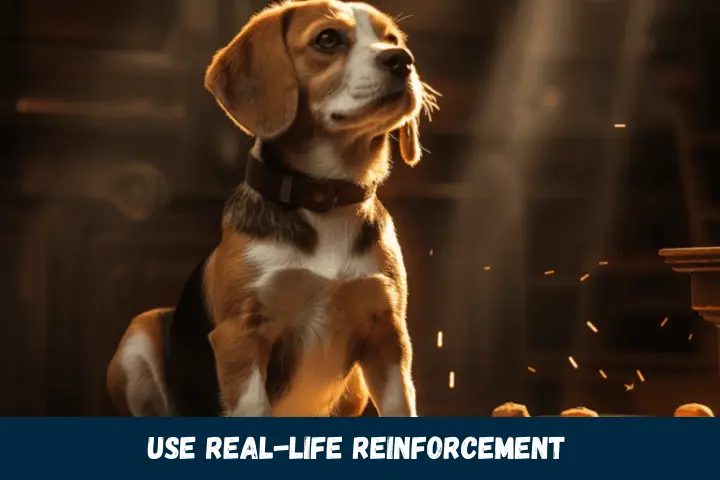
Incorporate “sit” and “stay” into your daily routines. Have your dog pause at doors, sit before mealtimes or sit calmly for leash attachments. Reinforce these real-world applications constantly. The more you integrate these cues into everyday life, the more habitual compliance becomes.
Avoid Common Stay Mistakes
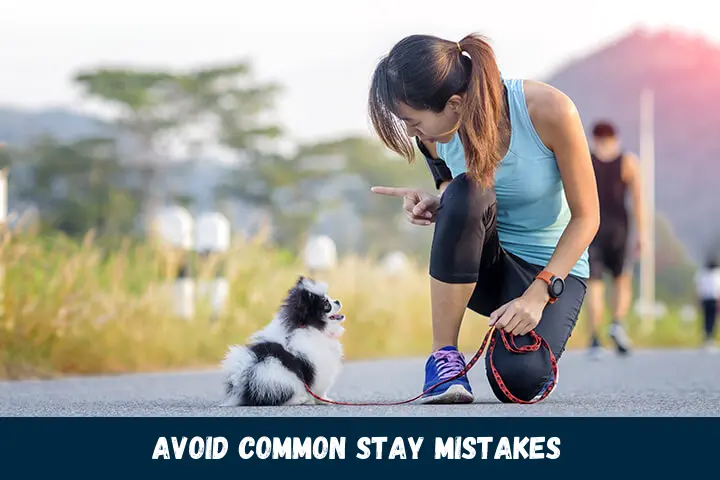
Taking steps too quickly, failing to reward adequately early on, having unrealistic expectations for young pups, moving too far too fast and showing anger over mistakes represent some common handling flaws. Remember to start small, celebrate all effort generously, and only increase difficulty through tiny increments.
Additionally, since “stay” represents self-control through absence of motion, be cautious of inadvertently putting your dog in situations doomed to fail early on. This means avoiding exposures they are not yet ready to handle such as expecting an untrained dog to ignore squirrels at a park. Set them up for success in the beginning by carefully managing the intensity of distractions introduced during foundational training.
Real World Applications

Once proficient at standard and distracted stays in a variety of locations, explore real world applications. Use it for polite greetings when guests arrive by having your dog stay on his bed until released. Implement stays while you answer the doorbell or put away groceries to prevent stealing food from counters. Ask for a pause before exiting the front door or getting out of the car. Creative uses for stays abound!
Prevent Common Stay Problems

Dogs may struggle with stay duration by popping up into a stand, laying down out of boredom, shifting away, barking for release or breaking the stay entirely to seek your affection or explore the environment. Naturally curb these through the structured duration building and distraction introduction steps outlined above. If problems persist, revisit basics in easier environments before tackling the more challenging landscape again. Discover effective training techniques in How to Train a Dog to Stop Barking.
Remember to reinforce stays randomly and generously. Rather than treating every single one, surprise your dog with rewards every few successful stays so they never know exactly what stay attempt will bring the jackpot. This inspires reliability based on the behavior itself rather than just trying to earn a predictable treat.
Troubleshooting Tips and Tools
If your dog struggles with the “stay” cue, consider these troubleshooting tips:
- Break it down – Build in smaller steps, not big duration leaps
- Revisit basics – Ensure your dog thoroughly understands each component like “sit” first
- Add tethering – Use a short leash to prevent breaks so you can reward
- Increase value – Make the payoff for staying extra rewarding – fancy treats, favorite toys
- Lower criteria temporarily – Allow slightly imperfect stays while rebuilding
- Seek professional help – Trainers provide guided sessions and behavior modification plans
- Use supportive tools like no-pull harnesses and long-line leashes to assist
With patience and proper troubleshooting, nearly every dog can master solid stay skills for safety and better manners.
Final Thoughts
Learning “sit” and “stay” represents significant milestones in communication between you and your dog. These building blocks form the foundation of future training for years to come. Mastering them brings better impulse control, politeness, response times and reliability in distracting situations. Make the investment now through positive methods, and enjoy the tremendous dividends these basic cues pay back over the course your dog’s precious lifetime. The journey deepens your bond while creating a responsive companion ready to conquer future training adventures together!

